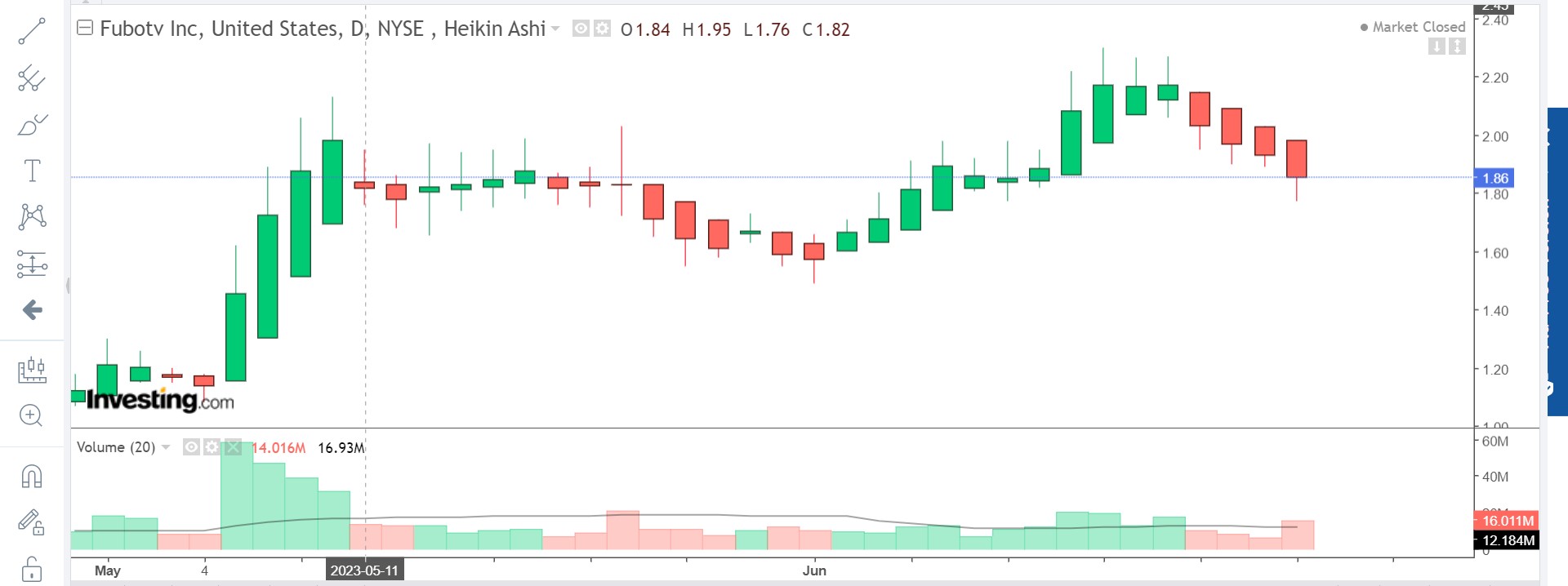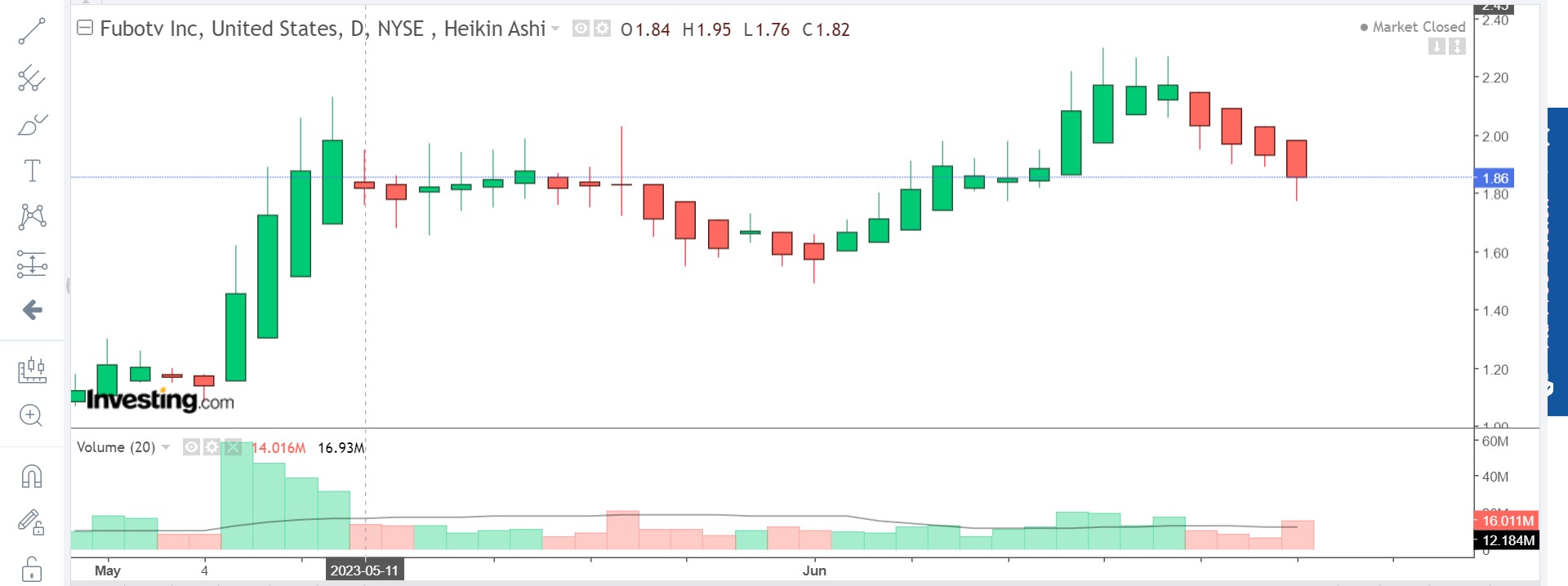Guide to Bond Trading: Understanding the Dynamics and Strategies
Bond trading is a crucial aspect of the global financial market, providing investors with opportunities to diversify their portfolios and generate income. This blog post aims to provide a comprehensive overview of bond trading, including its definition, types of bonds, key participants, trading strategies, and risk management techniques. By the end of this article, you will have a great understanding of bond trading and be ready with the knowledge to navigate this complex market.
Table of Contents:
1. What are Bonds?
2. Types of Bonds
3. Key Participants in Bond Trading
4. Bond Trading Strategies
4.1 Buy and Hold Strategy
4.2 Active Trading Strategy
4.3 Yield Curve Trading Strategy
4.4 Credit Spread Trading Strategy
5. Risk Management in Bond Trading
5.1 Interest Rate Risk
5.2 Credit Risk
5.3 Liquidity Risk
5.4 Reinvestment Risk
6. Bond Market Analysis
6.1 Fundamental Analysis
6.2 Technical Analysis
7. Bond Trading Platforms and Tools
8. Regulations and Compliance
9. Conclusion
1. What are Bonds?
Bonds are debt instruments issued by governments, municipalities, corporations, and other entities to raise capital for various purposes such as financing infrastructure projects or expanding business operations. When an investor purchases a bond, they are essentially lending money to the issuer in exchange for periodic interest payments and the return of the principal amount at maturity.
2. Types of Bonds
There are several types of bonds available in the market, each with its own characteristics and risk profiles. The most common types include government bonds, corporate bonds, municipal bonds, agency bonds, and mortgage-backed securities (MBS). Government bonds are considered the safest as they are backed by the full faith and credit of the issuing government, while corporate bonds carry higher credit risk but offer potentially higher yields.
3. Key Participants in Bond Trading
Bond trading involves various participants, including institutional investors such as pension funds, insurance companies, mutual funds, and hedge funds. Additionally, investment banks, broker-dealers, and individual retail investors actively participate in bond trading. These participants facilitate the buying and selling of bonds through various channels such as exchanges, over-the-counter (OTC) markets, and electronic trading platforms.
4. Bond Trading Strategies
Bond traders employ different strategies to capitalize on market opportunities and manage risks. Some common strategies include the buy and hold strategy, active trading strategy, yield curve trading strategy, and credit spread trading strategy. Each strategy has its own objectives and requires a deep understanding of market dynamics.
Remember to try out PyjamasTraders free currency converter
5. Risk Management in Bond Trading
Risk management is crucial in bond trading to protect investors’ capital and optimize returns. Key risks in bond trading include interest rate risk, credit risk, liquidity risk, and reinvestment risk. Traders use various techniques such as duration analysis, credit analysis, diversification, and hedging to mitigate these risks.
6. Bond Market Analysis
Analyzing the bond market is essential for making informed investment decisions. Fundamental analysis involves evaluating economic indicators, issuer financials, and market conditions to assess the value of a bond. Technical analysis, on the other hand, focuses on historical price patterns and market trends to predict future price movements.
7. Bond Trading Platforms and Tools
Bond trading platforms and tools have evolved significantly in recent years, providing traders with efficient execution, real-time market data, and advanced analytics. Electronic trading platforms such as Bloomberg Terminal, Tradeweb, and MarketAxess offer access to a wide range of bonds and provide traders with essential tools for trade execution and analysis.
8. Regulations and Compliance
Bond trading is subject to various regulations aimed at ensuring fair and transparent markets. Regulatory bodies such as the Securities and Exchange Commission (SEC) in the United States and the Financial Conduct Authority (FCA) in the United Kingdom enforce rules related to disclosure, trading practices, and investor protection.
Conclusion
Bond trading plays a vital role in the global financial market, offering investors opportunities for diversification and income generation. Understanding the dynamics of bond trading, including types of bonds, key participants, trading strategies, risk management techniques, market analysis, and regulatory compliance is essential for successful participation in this complex market.
Ole Borgesen / PyjamasTraders




